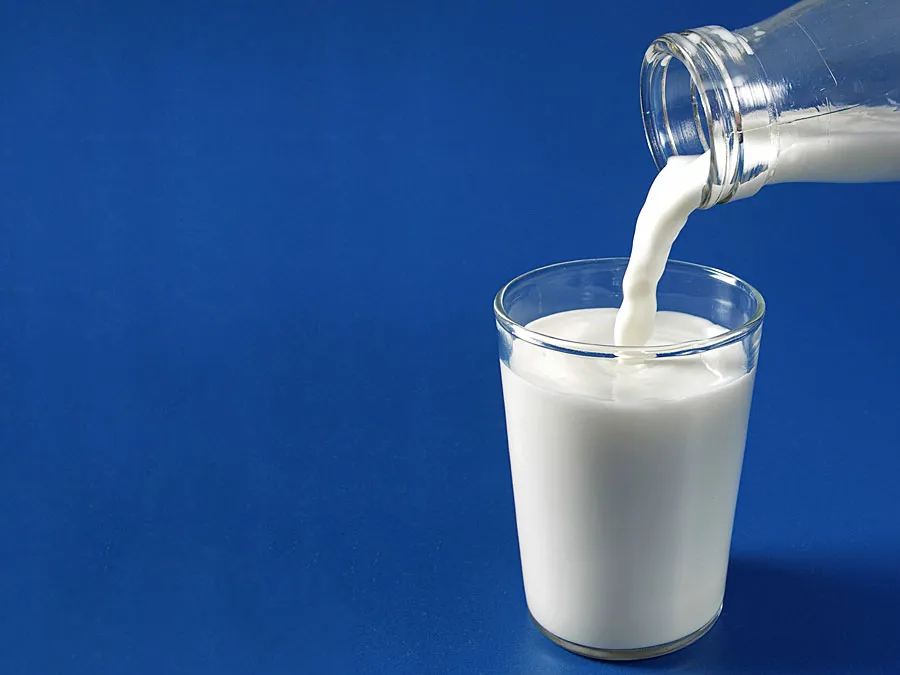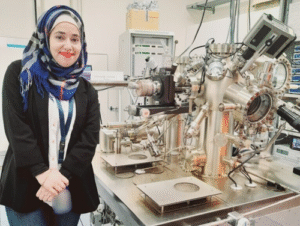Sunday, 19 October 2025
New Zealand confirms improved quota system to support dairy exports
This improved system will help to boost New Zealand’s $26 billion dairy export industry Following a review of the dairy quota allocation system, the New Zealand Government will progress changes…

This improved system will help to boost New Zealand’s $26 billion dairy export industry
Following a review of the dairy quota allocation system, the New Zealand Government will progress changes to the system in order to maximise opportunities for our dairy exporters, Damien O’Connor, Agriculture Minister announced.
“Having signed seven new or upgraded Free Trade Agreements since 2017, New Zealand has several new dairy quotas – including with the United Kingdom and the European Union.
“These newly secured quotas meant it was timely to review our quota system and make sure that our dairy exporters are able to get the most out of these market opportunities.”
The dairy export quota system was introduced in 2007 and allocations are set each year by the Ministry for Primary Industries. Access to export markets via quotas means dairy producers are able to export with preferential conditions such as zero tariffs.
“The review identified that the existing system was no longer fit for purpose and there were opportunities to boost the benefits for New Zealand’s dairy exporters,” Damien O’Connor said.
“Quota allocations are currently based on each dairy company’s share of milk solids collected from farmers. However, this excludes businesses who don’t collect milk solids but who still want to export dairy products into quota markets.”
“The improved system will instead move to allocation based on each company’s share of total exports by volume of the relevant product, including exports to non-quota markets,” Damien O’Connor said.
“Moving away from the prohibitive milk solids model will also open up quota access for non-bovine dairy exports – like sheep and goat products – and provide new room for growth and innovation.”
“These changes will ensure that we have a dairy quota system that is fair and provides opportunities for everyone – including small businesses and Māori enterprises.”
“This improved system will help to boost New Zealand’s $26 billion dairy export industry and I’d like to acknowledge the sector’s input and ongoing engagement with this work.”
Technology
Julius Meinl introduces industrially compostable capsules
Oct 17, 2025 | Beverages
Engineering Nutrition: Marico’s R&D Push to Redefine Everyday Wellness
Oct 17, 2025 | Food
Quantum leap to tackle Australian food security and student wellbeing
Oct 16, 2025 | Australia
Food Testing
ADM advances quality capabilities with opening of new Central Milling Laboratory
Oct 16, 2025 | Company News
South Australia now tomato virus free
Oct 13, 2025 | Australia
Inside Agilent’s Strategy to Make India Global Benchmark in Food Testing
Oct 10, 2025 | Food Safety and Testing
More Popular
South Africa’s Premier Group to acquire RFG Holdings
Oct 17, 2025 | Africa
Julius Meinl introduces industrially compostable capsules
Oct 17, 2025 | Beverages
Nestlé accelerates growth strategy with RIG-led investments and cost optimisation plans
Oct 17, 2025 | Company News






